Subscribe to the Newsletter
If you are interested in understanding how Traditional Chinese Medicine can improve your life sign up to my newsletter for the latest updates.
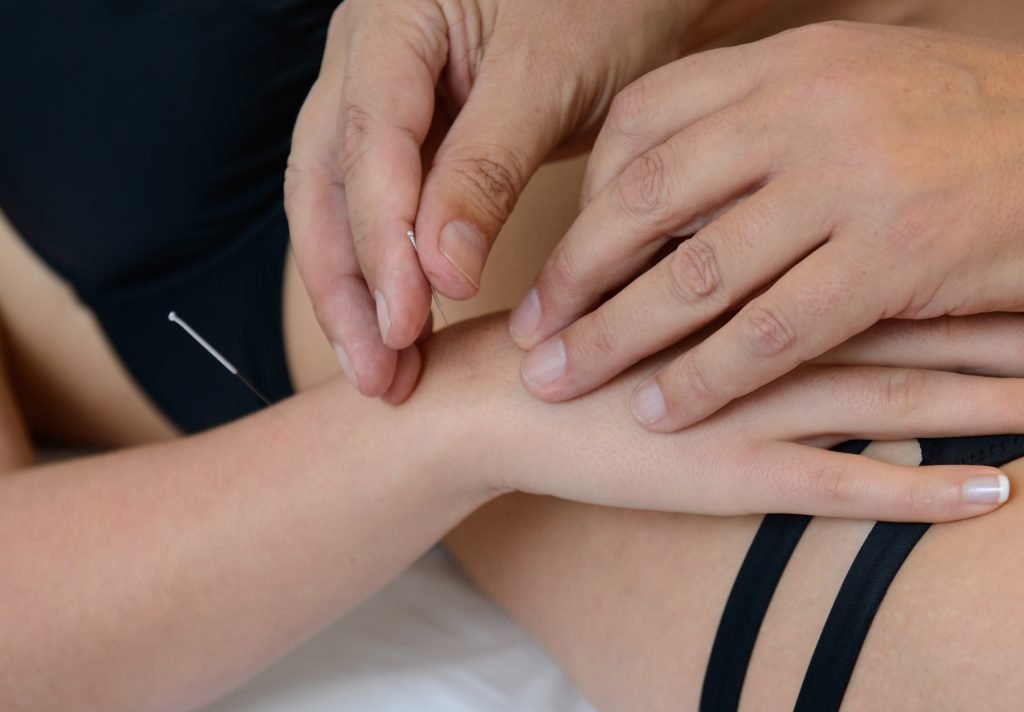
What is acupuncture? What is this strange Chinese therapy that uses tiny pins and is the centre of so much attention?
Is it like tattooing, or body piercing, or some strange self-immolation?
Relax! Acupuncture is now at least 2500 years old, possibly far older. It’s been used in most countries worldwide for at least fifty years. Why it works and its benefits are under intense scrutiny and scientific research.
The World Health Organisation (WHO) takes it very seriously and has published numerous papers about it.
WHO has also published a standard acupuncture classification. This provides a list of diseases for which it regards acupuncture as being appropriate. (More on this below.)
First you’ll have a consultation. Then your acupuncturist decides what to do, explains it and receives your permission.
Then thin, flexible, non-hypodermic, usually steel needles,all pre-sterilised, are swiftly and almost painlessly inserted into what are called acupuncture points on the skin.
For most people the sensation of insertion is minimal. About as sore as plucking out a hair: often people feel nothing.
The needle is inserted to whatever depth is necessary. There’s a considerable theory about choosing the appropriate depth for a given condition. In Chinese medicine the aim may be to obtain what is called ‘deqi’. Deqi is a special kind of sensation: often a heavy or slightly crampy feeling.
Once ‘deqi’ is obtained, this needle ‘sensation’ shows that the treatment has begun. Then, by manipulating the needle in various highly skilled ways, the ‘energy’ in the point is then ‘dispersed’, reinforced’, ‘tonified’, or directed along the channel of acupuncture on which the acupuncture point lies.
How thin are they? This varies because shorter needles don’t bend so easily so can be thinner. Widths usually vary between 0.15mm and 0.40 mm.
How long are the needles? Well, only as long as is necessary to reach the appropriate place, the acupuncture point, where it lies under the skin: see below.
Typically acupuncture needles are between 1 cm and 3 cm but can be much longer and for certain purposes are much shorter. The longest I use is about 150mm but acupuncturists can buy longer ones. The one I use most is about 20mm long, not far off an inch in length.
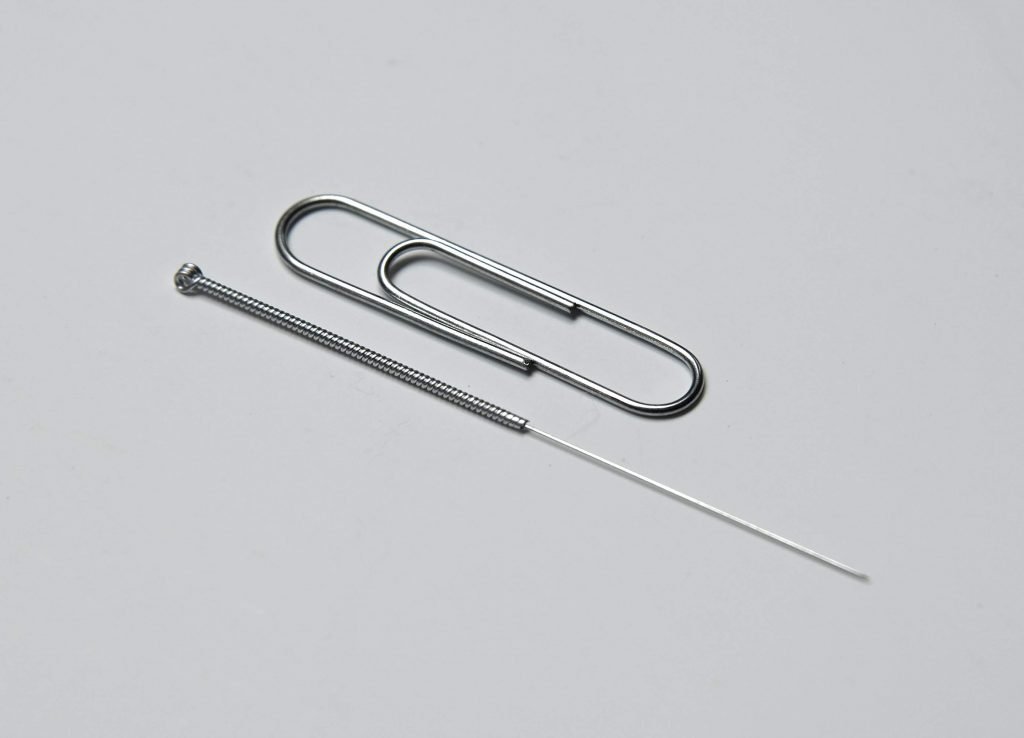
‘Non-hypodermic’ means that an acupuncture needle has no hole running down its centre, so it can’t be used to inject people with anything: no use to drug-takers then. Acupuncture needles are also flexible which means they don’t splinter, crack or break in normal use.
‘Usually Steel’ means that most acupuncturists don’t use gold, copper or silver needles – let alone needles made from wood or stone! What is acupuncture nowadays is very different from what it was in times long past.
Steel is cheapest, doesn’t rust, bends easily and can be heated safely without melting. However, some acupuncturists believe there are particular benefits from using gold and silver needles. Some Korean and Japanese acupuncturists use these special needles, for example.
Until the late 1990s, in most countries acupuncture needles were re-usable, after they’d been cleaned and auto-claved (an autoclave is a pressure cooker that raises the temperature to well above water’s normal or sea-level boiling point, so killing any pathogens that remain on the needle).
Increasing awareness of the spread of potentially temperature-resistant pathogens, and Prions (proteins connected with a variant of Creutzfeldt-Jakob disease – CJD – known as vCJD) which might lead to Mad Cow Disease in humans and which can’t be destroyed in autoclaves, has led to the use of these sealed, pre-sterilised, packs of needles.
Nowadays, acupuncturists mostly use needles that have been cleaned and sterilised by the manufacturer, who sells them in sealed packages to ensure freedom from pathogens. We open the package only when the acupuncture treatment commences.
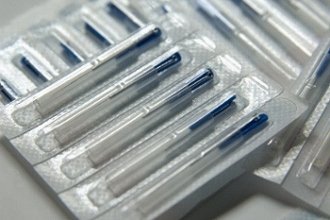
The needle comes in various lengths and widths but rest assured, it’s sharp! – although not so sharp that its point is easily bent. Under the microscope, a good acupuncture needle has a tip that is smoothly rounded to prevent snagging.
Good question!
It depends. In some places it might be hardly through the skin or just a couple of millimeters inside. In your buttocks it might be up to 3 inches or 75mms depending on how well built you are.
So … are you thin, muscular or fat?
Bear in mind that the actual acupuncture point could be just under the surface of the skin, but in other places is at a depth. To do its work, the needle should make contact with the point, where it can manipulate it for your health.
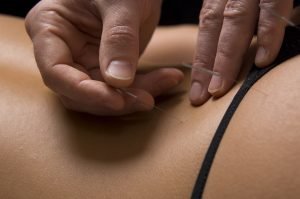
If your practitioner is working according to the principles and ideas of traditional Chinese medicine (TCM), then the acupuncture point will have been carefully chosen because of its effect according to TCM. It won’t be chosen merely because you have pain where the acupuncture needle is inserted. That might be a consideration, but it might not.
Don’t be offended if your acupuncturist doesn’t insert the needle where you think it should go! He or she started with years of training and extensive clinical supervision then followed it up with the school of worldly practical experience, possibly years of it.
In short, you may think you know what is acupuncture, but the individual treating you knows much more and wants to get you better as fast as possible. So let her or him make the best choice for you.
What you regard as being the name of your disease or condition might be explained in an entirely different way in Chinese medicine.
As it’s the theory of Chinese Medicine that decides the treatment, where you have pain may or may not be where the needle goes.
Most of the acupuncture points normally used lie on acupuncture meridians. Some acupuncture points do not lie on meridians and are important because of their effect near the acupuncture point.
Many acupuncture points influence how your body and its energy functions, in addition to any effect they have locally. For example, there are what are called ‘command’ or ‘five shu’ points, ‘front-mu‘ points, ‘source’ points, ‘He-sea’ points and so on.
These points may be some distance from where you have pain. Indeed, they might be at the other end of your body!
They are used to try to put right the underlying problem which has led to your condition.
If you own a garden and there’s a drought, all the leaves will be turning pale and falling off your plants. Of course, you could cut off a stem and stick it in water. That would help that stem and its leaves.
But better would be to water the earth under the trees! Then moisture spreads through the roots right up and into every leaf, carrying nutrients at the same time.
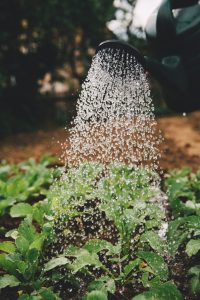
Just treating a painful spot with acupuncture is like taking an aspirin for pain when you don’t know the cause. Like doctors, acupuncturists look beneath the surface so they can try to correct the underlying problem.
In making a diagnosis in traditional Chinese medicine, your acupuncturist decides which acupuncture points will help you.
They may be a combination of points or a single point. Treating just a single acupuncture point is very elegant and can be very powerful. But it’s often hard to do, especially when a combination of points might achieve the same effect.

Stay in Touch!
No spam, only notifications about new articles and updates.

Book a Video consultation if you want to know more about your symptoms

Why You get Nervous Stomach Anxiety and How to Handle It. Acupuncture has great ways to help.
Subscribe to the Newsletter
If you are interested in understanding how Traditional Chinese Medicine can improve your life sign up to my newsletter for the latest updates.
Subscribe to the Newsletter
If you are interested in understanding how Traditional Chinese Medicine can improve your life sign up to my newsletter for the latest updates.